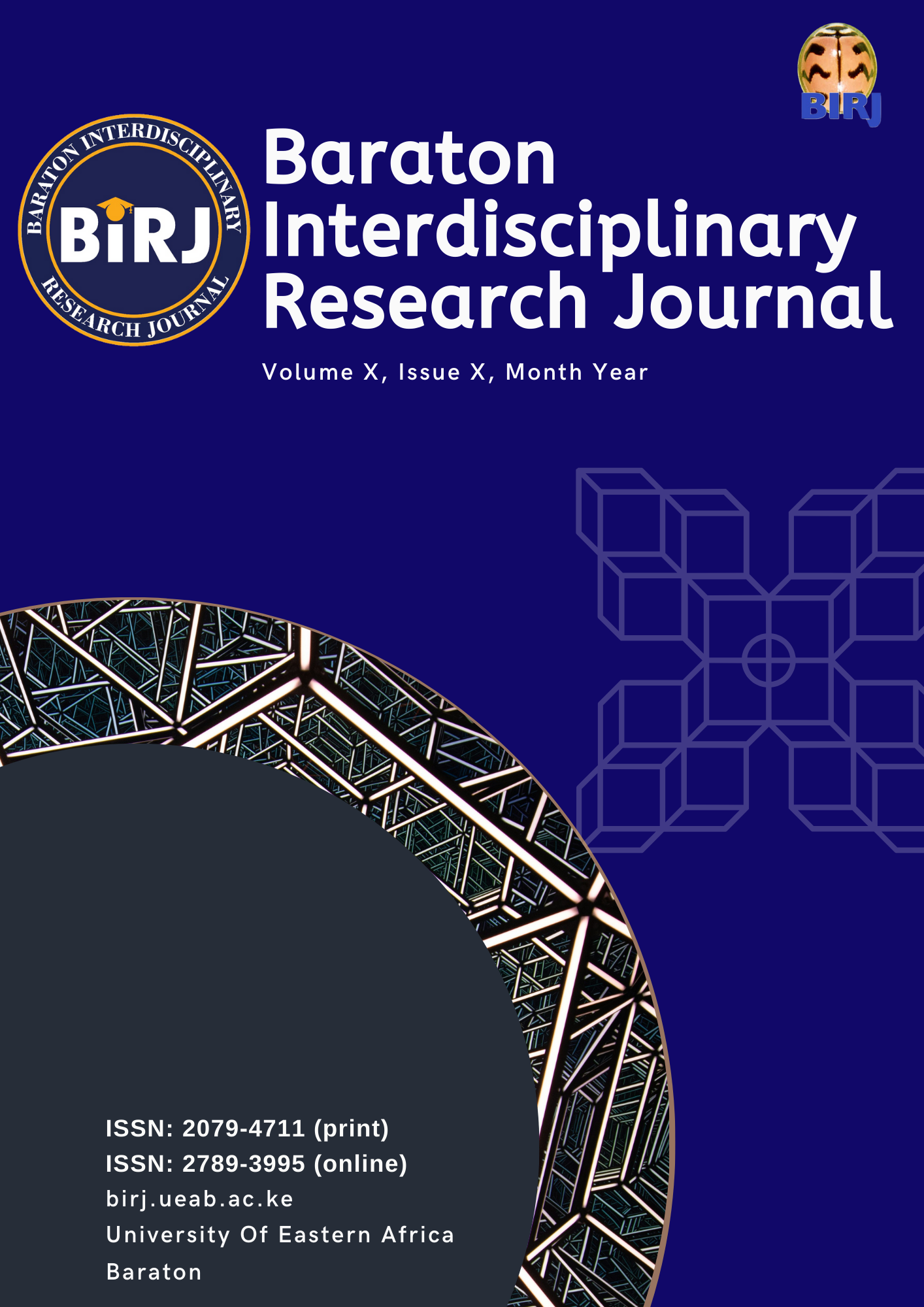COMPUTERS AND THEIR SUITABILITY FOR SECOND AND FOREIGN LANGUAGE ERROR CORRECTION
Keywords:
computer, language errors, error correction, second language (L2), Computer Assisted Language Learning (CALL), Intelligent CALL (ICALL)Abstract
This article is an attempt to ascertain the suitability of computers for second and foreign language (SL/
- FL) error correction, especially those made by SL/FL learners. For this purpose, the handling of such
errors proposed in Second Language Acquisition (SLA) literature will be examined. Subsequently the
technologies capable of evaluating student output and identifying and correcting Non-Native Speaker
(NNS) errors will be examined. Though it will be made quite clear that the computer cannot substitute
a human being in total language processing, some strengths of artificial intelligence in partial language
processing will be pointed out and their suitability for L2 error correction will be highlighted. The
article will conclude emphasizing that the use of high quality multimedia applications and programmes
stimulates and fosters language learning
Downloads
Published
Issue
Section
License
License Terms
All articles published in the Baraton Interdisciplinary Research Journal (BIRJ) are licensed under a Creative Commons Attribution-NonCommercial-ShareAlike 4.0 International License (CC BY-NC-SA 4.0).
This license permits users to share (copy and redistribute) and adapt (remix, transform, build upon) the material for non-commercial purposes, provided that proper attribution is given to the original authors, a link to the license is included, and any derivative works are distributed under the same license.
Full license details: https://creativecommons.org/licenses/by-nc-sa/4.0/
Most read articles by the same author(s)
- Kerwin A. Livingstone, THE EVALUATION OF A MIXED METHODOLOGICAL MODEL TO IMPROVE THE PRODUCTIVE AND RECEPTIVE SKILLS IN SPANISH AS A FL/SL: AN EXPERIMENTAL STUDY , Baraton Interdisciplinary Research Journal: Vol. 1 No. 1 (2011)

